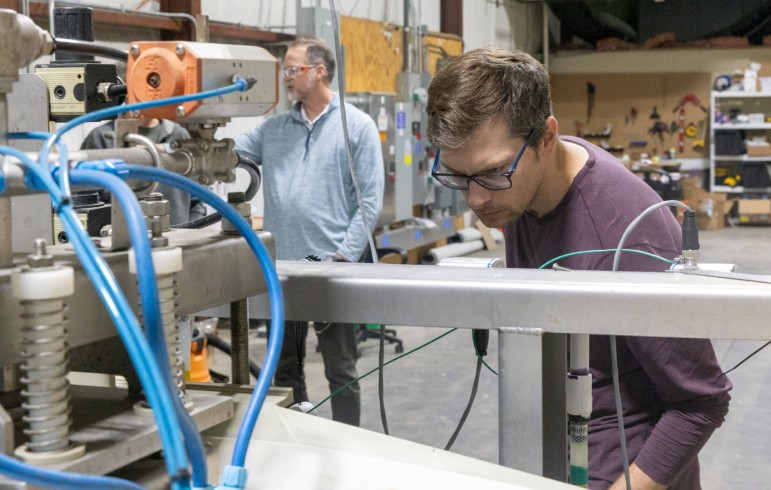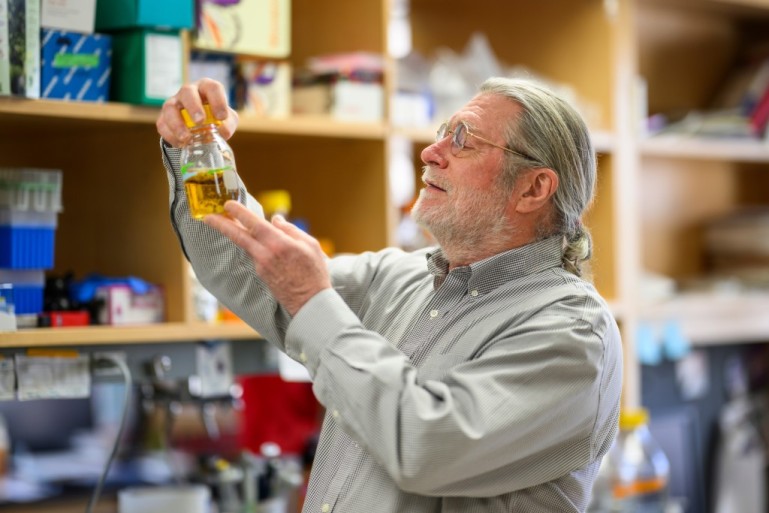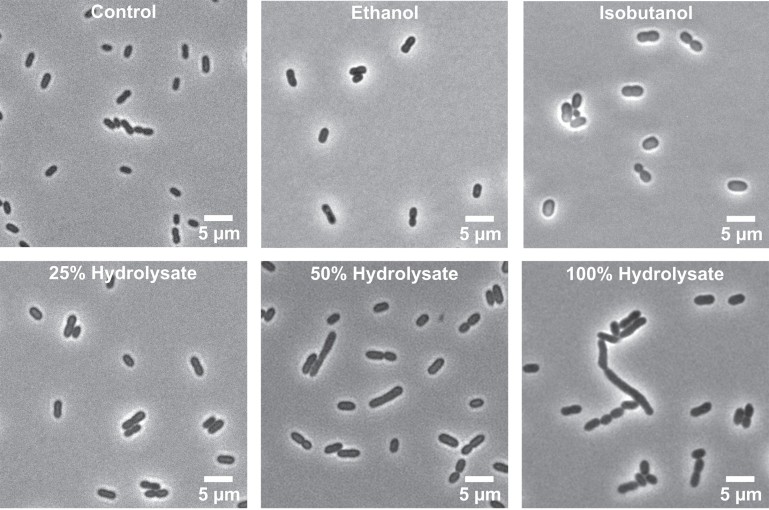Biological systems engineering professor Robert Anex is part of a team recently awarded a $2.5M grant from USDA National Institute of Food and Agriculture.
When John Wesley Hyatt patented the first industrial plastic in 1869, his intention was to create an alternative to the elephant tusk ivory used to make piano keys.
MADISON — With targeted investments and forward-looking policies, Wisconsin could capitalize on its strengths in sensors and controls for the advanced energy industry to drive economic growth and support over 44,000 jobs annually.
December saw different sectors of WEI innovating different sectors of energy.
Plant biomass contains considerable calorific value but most of it makes up robust cell walls, an unappetising evolutionary advantage that helped grasses to survive foragers and prosper for more than 60 million years.
UW-Madison Mechanical Engineering Associate Professor David Rothamer has designed and built a pulse-burst laser system that opens the door to new research opportunities for imaging turbulent reacting flows.
The U.S. Nuclear Regulatory Commission’s Advisory Committee on Reactor Safeguards (ACRS) has elected Wisconsin Distinguished Professor Emeritus of Engineering Physics Michael Corradini as chair.



